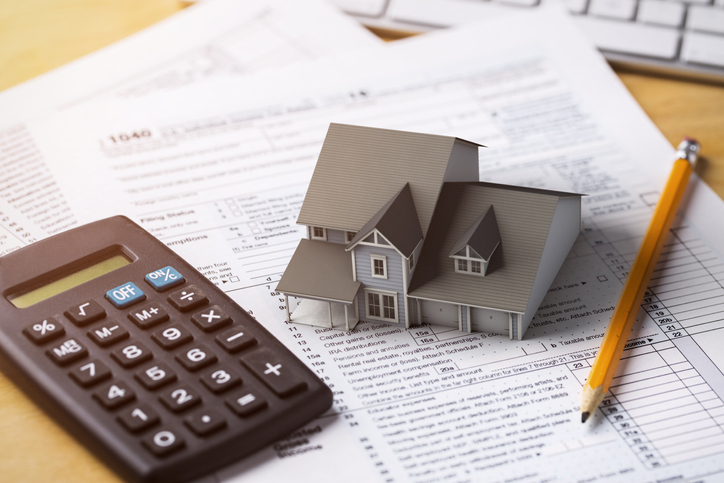

We may earn revenue from the products available on this page and participate in affiliate programs. Learn More ›
Energy-efficient home upgrades benefit the environment by reducing energy demands and air pollution, plus they can put money back into homeowners’ pockets by lowering monthly energy bills. For those hesitant to make the initial investment, government incentives can help. The Inflation Reduction Act of 2022 provides federal tax credits to Americans who prioritize energy efficiency in their homes and buildings. Starting this year, families can earn up to $3,200 in Energy Efficient Home Improvement Credits annually through 2032 to lower the cost of upgrades by up to 30 percent.
In addition, the Residential Clean Energy Credit provides a 30 percent income tax credit for upgrades such as rooftop solar, wind energy, geothermal heat pumps, and fuel cells. There is no maximum credit for these upgrades except for when it comes to fuel cell purchases. Lower income taxpayers are eligible for rebates to cover up to 100 percent of some project costs, such as installing efficient clothes dryers. Read on to learn about what qualifies and the steps to take to claim credits or rebates under either of these programs.
RELATED: 5 Home Ownership Expenses That Are Tax Deductible—and 5 That Aren’t
Understand Credits Vs. Rebates

A tax credit is an amount a person filing can deduct from taxes owed to the IRS. Credits will reduce the amount owed on a dollar-for-dollar basis. However, Inflation Reduction Act credits are non-refundable, meaning they can lower taxes owed, but won’t result in a refund.
In contrast, a rebate is money paid back to the homeowner. Rebates are given depending on income, with most of the benefit going to low-income families. Under the latest legislation, funding is offered at up to 100 percent of point-of-sale rebates for qualified energy-efficient electric appliances with a household cap of $14,000. Eligible households must have a total income of less than 150 percent of the median income for the area in which they reside. Those unsure of what they qualify for can check on this site.
RELATED: 9 Energy-Saving Home Upgrades That Pay for Themselves
Get a Home Energy Audit
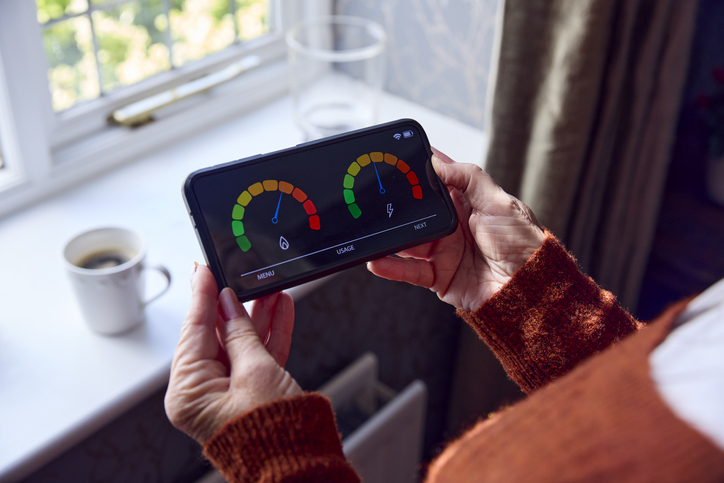
Energy Efficient Home Improvement Credits can begin by considering which energy-efficient updates to make. An energy audit can help homeowners determine the best steps. An audit will assess the home’s efficiency and identify where improvements can be made. Those interested in submitting for the credit must have a written report from a qualified auditor, including an estimate of the energy and cost savings for each recommended improvement. The Inflation Reduction Act enables those that invest in this service to claim 30 percent of the costs up to $150.
RELATED: How Much Does a Home Energy Audit Cost?
Swap for a Heat Pump, Biomass Stove, or Boiler

Swapping out a traditional home heating system for newer heat pump and biomass options will significantly reduce energy emissions and a home’s monthly utility bill. Under the Inflation Reduction Act, homeowners can claim 30 percent of the project with a maximum credit of $2,000. Rebates for heat pumps at the point of sale can cut purchase and installation costs by up to $8,000. New units must meet or exceed the highest efficiency established by the Consortium for Energy Efficiency (CEE).
RELATED: What Is a Heat Pump and How Does a Heat Pump Work?
Install Central AC, Boilers, Furnaces, or Water Heaters
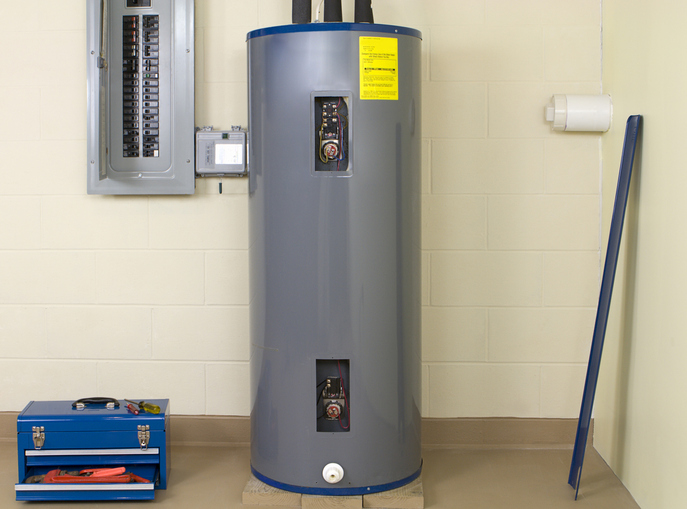
Central air, boilers, furnaces, and water heaters are other HVAC updates that can increase a home’s energy efficiency and reduce monthly bills. These improvements are eligible for a credit of 30 percent with a maximum deduction of $600. These options also must meet the standards of the CEE.
RELATED: 7 Places That Could Use More Insulation—And Why
Add Insulation
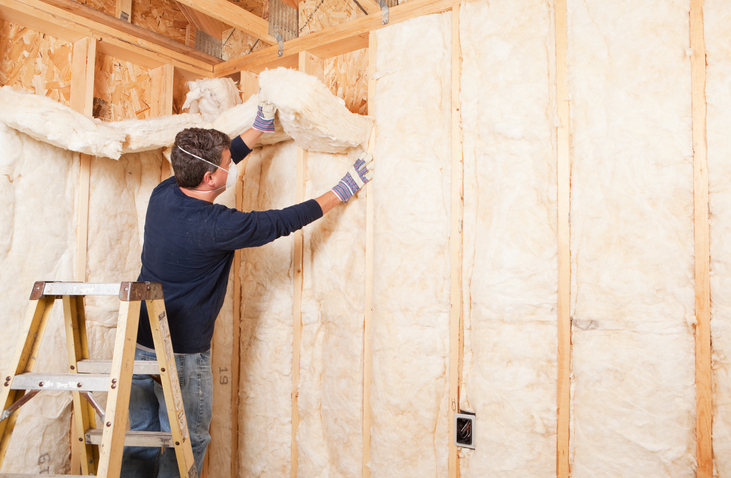
Sealing home air leaks and adding insulation to attics, basements, and crawl spaces can save families up to 15 percent on heating and cooling costs, according to the EPA. If that isn’t incentive enough, homeowners are eligible for a tax credit of 30 percent and up to $1,200. Those who qualify for rebates can expect to recoup up to $1,600. Insulation updates must meet the criteria established by the International Energy Conservation Code (IECC) standards to qualify.
RELATED: Replacement Windows 101
Put in Windows and Skylights
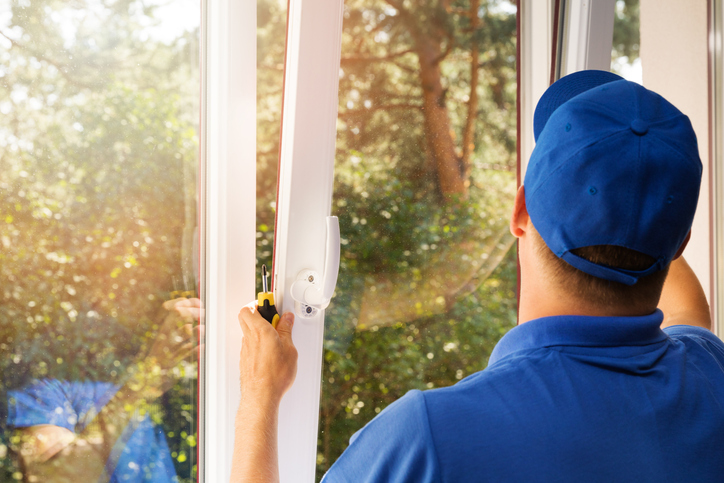
According to the Department of Energy, both heat loss and gain through windows impact heating and cooling energy use by up to 30 percent. Homeowners who replace windows and skylights with newer options that meet the Energy Star requirements are eligible for a tax credit of 30 percent with a maximum deduction of $600.
Replace Exterior Doors
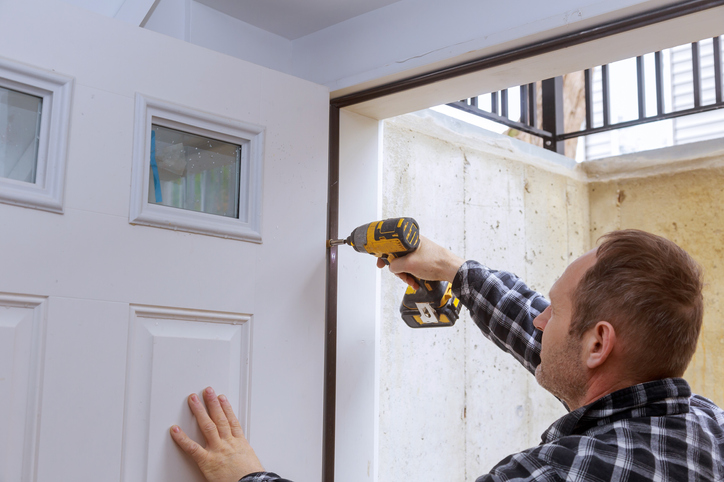
Like windows, new exterior doors can reduce heating and cooling costs to benefit the environment and one’s monthly energy bill. This update has a 30 percent credit of up to $500 total, and $250 for each door. In order to qualify, new exterior doors need to meet Energy Star requirements.
RELATED: Fiberglass vs. Steel Door: Which is Best for Your Home Entry?
Electric Panel Updates
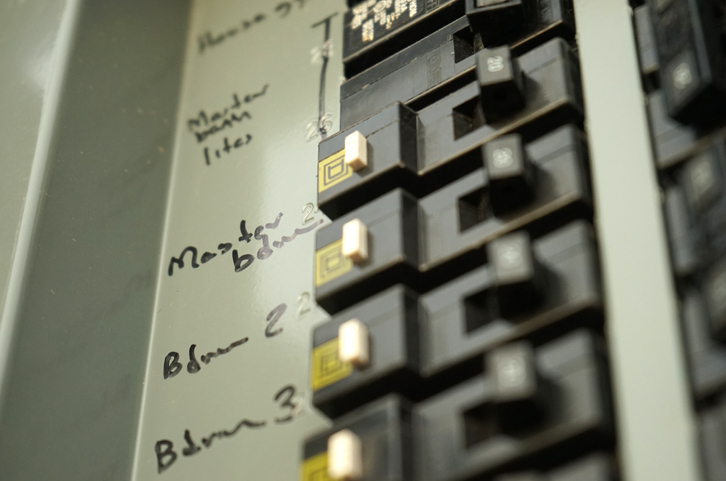
An electrical panel upgrade includes updates to a panelboard, sub-panelboard, branch circuits, or feeders that are in line with the National Electrical Code and enable the installation and use of energy efficiency and HVAC improvements. Taxpayers can claim 30 percent of the cost with a maximum credit of $600. Rebates of up to $2,500 are available for upgraded electrical wiring and $4,000 for an upgraded breaker box for those who qualify.
RELATED: How to Replace a Circuit Breaker
Add a Geothermal Heat Pump
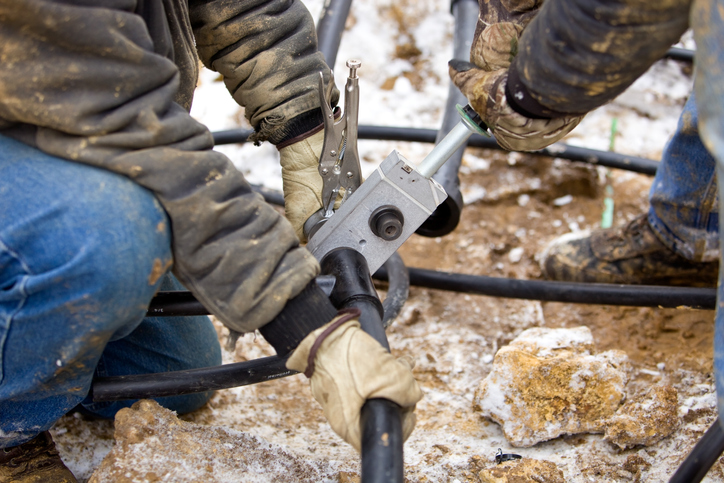
Credits also offer incentives for replacing old home energy sources with more sustainable ones under the Residential Clean Energy Credits program. While traditional heat pumps collect and transfer heat from the air, a geothermal heat pump collects and transfers heat from the ground. For pumps added after January 2021 through the end of 2032, taxpayers can get a credit equaling 30 percent of the cost. Units must meet the Energy Star requirements at the time of purchase to qualify.
RELATED: 12 Energy-Efficient Appliances That Will Save You Money
Install Small Wind Turbines
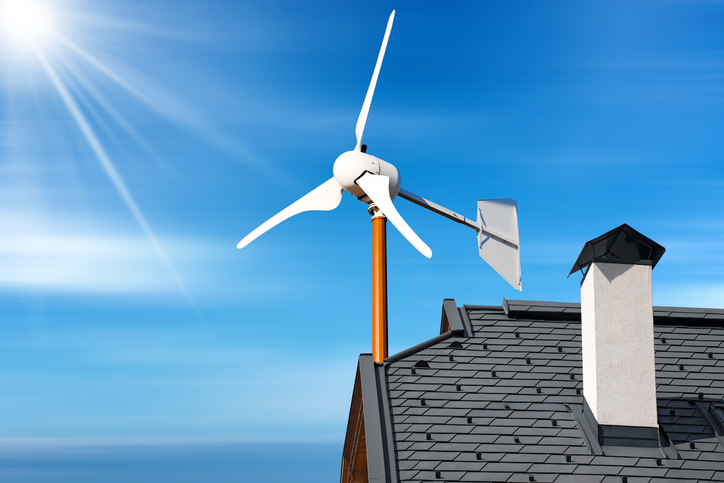
Though it’s not for everyone, some will want to consider the incentives for adding a small residential wind turbine. Best suited for windy areas and smaller homes, the upgrade will lower energy bills and pollution output. Homeowners can recoup 30 percent of the cost for this addition.
RELATED: 8 Important Things to Know About Home Wind Turbines
Install Solar Panels
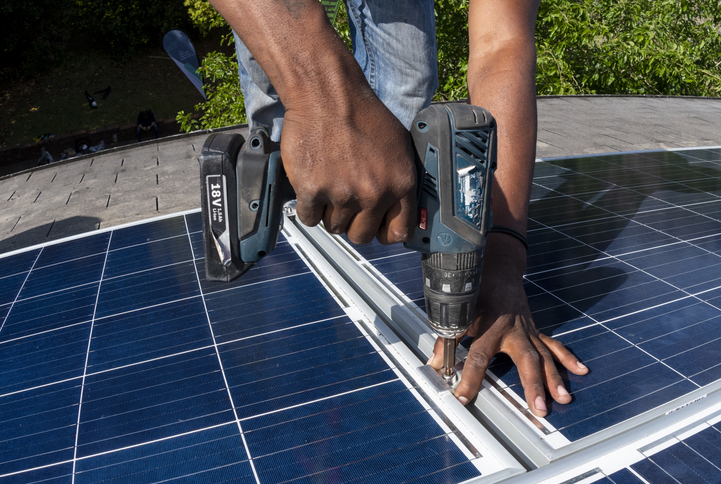
Solar panels are a worthy investment for saving big bucks on long-term energy costs. The Residential Clean Energy credit will cover 30 percent for property placed in service after December 31, 2021, and before January 1, 2033, along with installation costs. To qualify, at least half of the energy generated by the home must come from the sun. The system must be certified by the Solar Rating and Certification Corporation (SRCC) or a comparable entity endorsed by the state of ownership. Swimming pools or hot tubs are not eligible for credit.
RELATED: Here’s Exactly How Many Solar Panels to Buy to Power a House
Add Fuel Cells
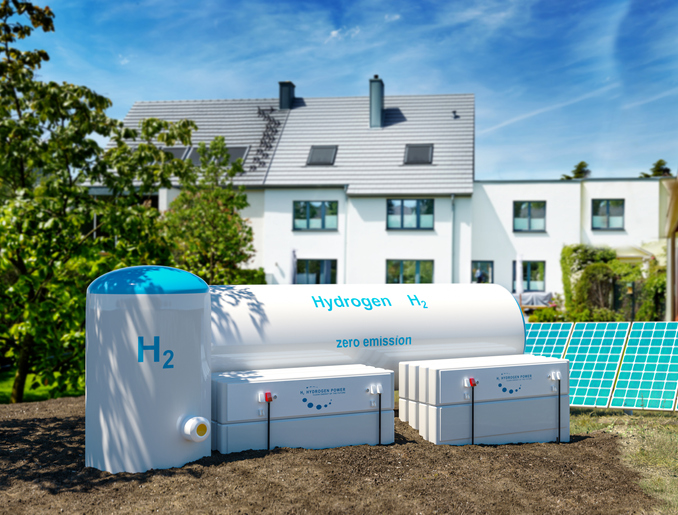
A fuel cell is a promising renewable energy technology that uses hydrogen to produce electricity without air pollution. It can be used for primary or backup power generation in residential homes. For this energy-efficient upgrade, including installation, homeowners can recoup 30 percent of their costs up to $500 per half kilowatt of power.
RELATED: The Best Solar Generators for at Home or On the Go, Tested
Replace Old Appliance for Rebates

As part of the inflation Reduction Act, low- and moderate-income households are eligible for rebates of up to 100 percent of the costs up to $840 of purchasing and installing electric appliances such as electric clothes dryers and stoves. Those who don’t qualify are not eligible for credits in this category.
Tips for Filing
To make the most of credits and rebates, follow requirements for qualifying upgrades and save receipts for parts and labor. Plan out improvements over a few years to maximize credits for energy-efficient upgrades under the Inflation Reduction Act of 2022. For instance, replace insulation and upgrade doors and windows before upgrading the heating system to spread credits over 2 years.
To submit for Residential Clean Energy credits and rebates, taxpayers must fill out IRS Form 5695. Once they have calculated the costs on that form, they then enter the amount on Form 1040. Those who submit for credits should keep all receipts for installation and parts as well as the Manufacturer’s Certification Statement in case of an audit. Also note that tax credits must be used during the filing year.
Disclaimer: This information was compiled with information from the IRS and other government websites, but should not replace expert advice from accountants and financial planners or the IRS.
